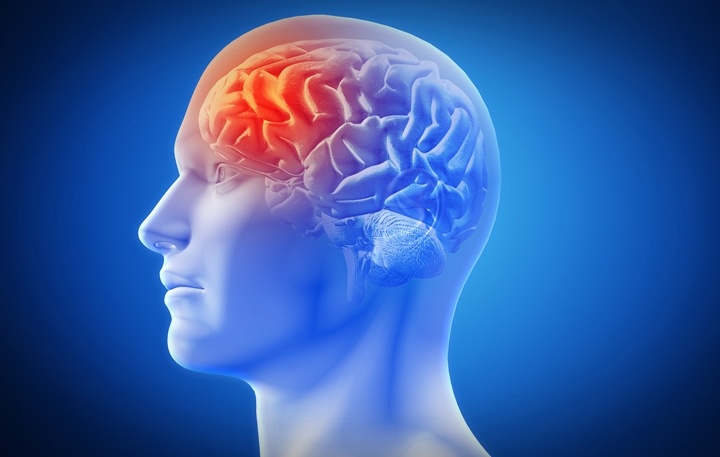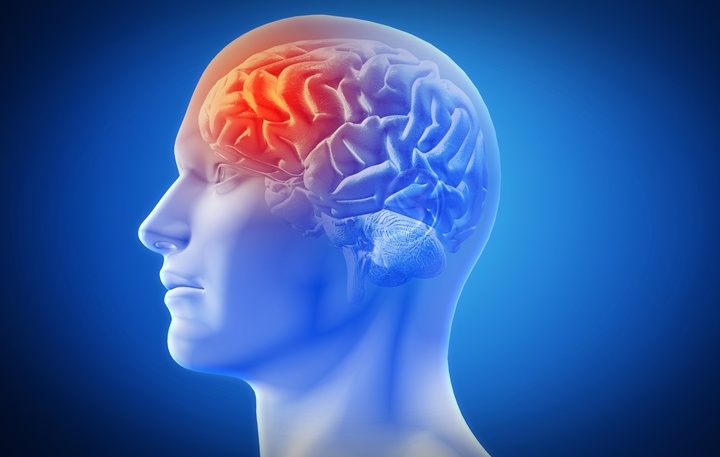
Scientists have discovered that certain types of stem cells found in cord blood have incredible regenerative properties. The multipotent stem cells from cord blood can transform into many other types of cells.
The stem cells found in the cord blood have already been used to grow ligaments, corneas, skin, tendons, and bones. Cord blood stem cells can even be used to grow neurones — important nerve cells found in the brain, spinal cord, and peripheral nervous system.
Being able to replenish neurones in the brain has prompted scientists to test the use of stem cells for treating brain injuries and degenerative neurological conditions. This post will focus on some recent research findings.
Stem cells beneficial for chronic stroke patients
Researchers from Stanford University have discovered that injecting stem cells into the brains of stroke patients is both safe and effective. Mesenchymal stem cells (MSCs) were injected into each subject’s brain via a tiny hole in their skull.
The only side effect reported by the subjects was a mild headache. None of the patients suffered from an immune reaction after receiving the stem cells.
The subjects were monitored with brain imaging, clinical evaluations, and blood tests after receiving the treatment. The researchers found that all subjects experienced an improvement in their motor function. Astonishingly, some patients who were in wheelchairs began to walk again.
A new randomised, double-blinded phase-2b trial has been announced. It will involve 156 patients and will be carried out at medical centres across the United States. Umbilical cord blood is an excellent source of MSCs and can be used for this procedure.
Mesenchymal stem cells (MSCs) useful for treating traumatic brain injury
A paper published earlier this year identifies the benefits of using MSCs to treat brain injuries. The authors used previous research to build a case for the use of MSCs.
The paper describes how MSCs have the ability to home into the site of brain injuries very quickly. Once they have arrived, the MSCs display regenerative-aiding effects, promoting the proliferation and differentiation of native neural stem cells. The transplanted stem cells also have an anti-inflammatory effect, which helps the brain recover from injury.
Stem cell procedure to treat NFL players who has suffered from concussions
Many doctors have already started using stem cells to treat brain injuries. In the United States, doctors are treating a condition called Chronic Traumatic Encephalopathy or CTE with stem cells. CTE is a progressive brain injury caused by repeated or severe blows to the head.
CTE is often suffered by athletes who participate in contact sports like American football or boxing. Doctors from the Ohio Stem Cell Treatment Center in Cleveland perform the procedure by obtaining stem cells from each patient’s fat cells. They process the fat cells into induced pluripotent stem cells, then inject them back into the patient’s body to repair the central nervous system. This type of procedure can also be performed by the stem cells found in cord blood.
Scientists use cord blood protein to treat brain injuries
In addition to stem cells, cord blood contains a variety of genes, proteins, and blood cells. Many of these cells also have the potential to be useful for certain types of treatments and are the subject of ongoing research.
Scientists in the United States have discovered that a type of white blood cell found in cord blood may be useful for treating brain injuries. Duke University researchers found that the cells, called CD14+ monocytes, can provide neuro-protection after an acquired brain injury. The presence of CD14+ monocytes encourages the production of other cells that help to reduce inflammation and encourage healing.
Although CD14+ monocytes are found throughout the body, they are found in particularly large numbers within umbilical cord blood. This makes cord blood highly valuable for this type of treatment.
Sources
The Journal of Cell Therapy. (2017). Human cord blood derived CD14 cell therapy provides neuroprotection in aquired brain injury. [online] Available at: http://www.celltherapyjournal.org/article/S1465-3249(15)00587-3/pdf [Accessed 25 Sep. 2017].
News Center. (2017). Stem cells shown safe, beneficial for chronic stroke patients. [online] Available at: https://med.stanford.edu/news/all-news/2016/06/stem-cells-shown-safe-beneficial-for-chronic-stroke-patients.html [Accessed 25 Sep. 2017].
Donaldson, B. (2017). Stem cell procedure has potential to help NFL players who’ve suffered multiple concussions. [online] CBS 4 – Indianapolis News, Weather, Traffic and Sports | WTTV. Available at: http://cbs4indy.com/2016/11/15/stem-cell-procedure-has-potential-to-help-nfl-players-whove-suffered-multiple-concussions/ [Accessed 25 Sep. 2017].
Hasan, A., Deeb, G., Rahal, R., Atwi, K., Mondello, S., Marei Mady, H., Gali, A. and Sleiman, E. (2017). Mesenchymal Stem Cells in the Treatment of Traumatic Brain Injury.
{{cta(‘d59882b5-74e2-4033-be94-d4c340e1978c’)}}


